Archives
- 2025-12
- 2025-11
- 2025-10
- 2025-09
- 2025-03
- 2025-02
- 2025-01
- 2024-12
- 2024-11
- 2024-10
- 2024-09
- 2024-08
- 2024-07
- 2024-06
- 2024-05
- 2024-04
- 2024-03
- 2024-02
- 2024-01
- 2023-12
- 2023-11
- 2023-10
- 2023-09
- 2023-08
- 2023-07
- 2023-06
- 2023-05
- 2023-04
- 2023-03
- 2023-02
- 2023-01
- 2022-12
- 2022-11
- 2022-10
- 2022-09
- 2022-08
- 2022-07
- 2022-06
- 2022-05
- 2022-04
- 2022-03
- 2022-02
- 2022-01
- 2021-12
- 2021-11
- 2021-10
- 2021-09
- 2021-08
- 2021-07
- 2021-06
- 2021-05
- 2021-04
- 2021-03
- 2021-02
- 2021-01
- 2020-12
- 2020-11
- 2020-10
- 2020-09
- 2020-08
- 2020-07
- 2020-06
- 2020-05
- 2020-04
- 2020-03
- 2020-02
- 2020-01
- 2019-12
- 2019-11
- 2019-10
- 2019-09
- 2019-08
- 2018-07
-
The skin permeability barrier is
2023-05-24
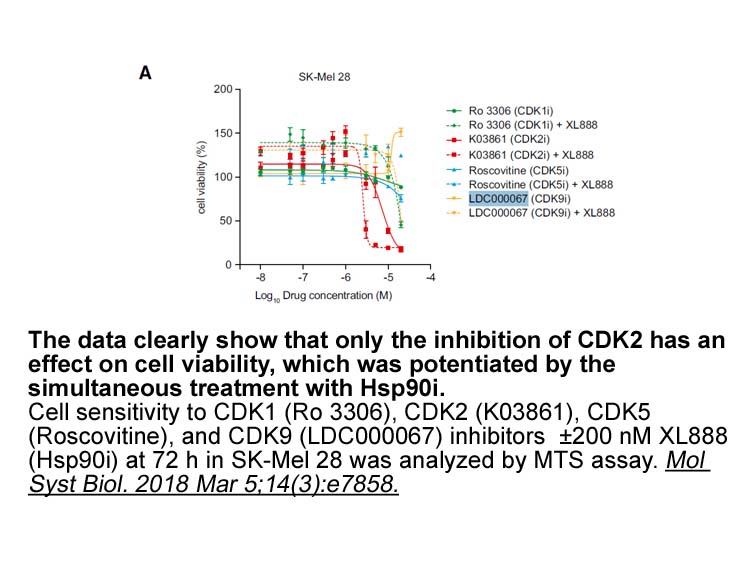
The skin permeability barrier is important for the prevention of loss of water and electrolytes from inside the body and for protection against the invasion of external pathogens, allergens, and harmful compounds. Multi-layered lipids, called lipid lamellae, are present in the outermost cell layer o
-
br Materials and Methods br
2023-05-24

Materials and Methods Results Discussion 15-HETE is a predominant eicosanoid in pulmonary vascular remodeling, and it could promote hypoxia-induced PAH via its involvement in the regulation of proliferation and cell cycle progression in PASMCs. To understand its role in HPH, we have previou
-
ATM dependent initiation of radiation induced G
2023-05-24
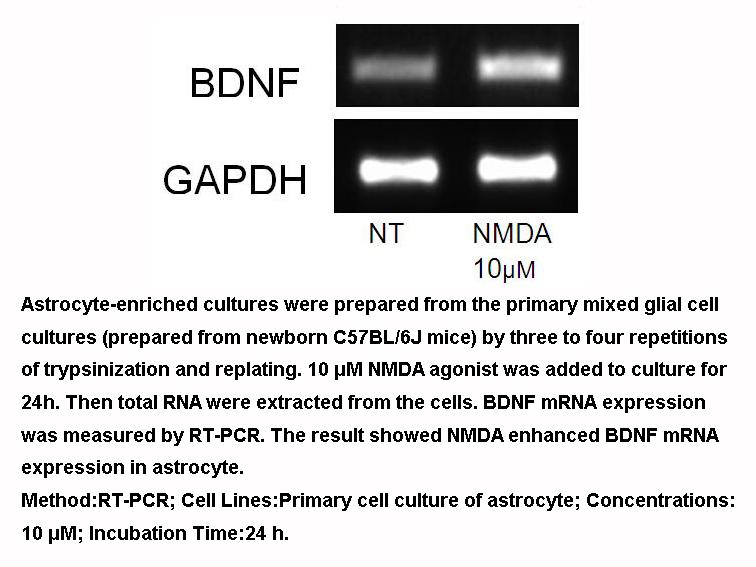
ATM-dependent initiation of radiation-induced G2/M checkpoint arrest is well established [11], [34], [35]. However, the ATR pathway may also be involved [36], [37]. Brown and Baltimore generated Cre/lox-conditional cell lines or Gastrodin with a kinase inactive allele of ATR (ATRkd) to evaluate the
-
br AHR mediates TCDD toxicity and
2023-05-17
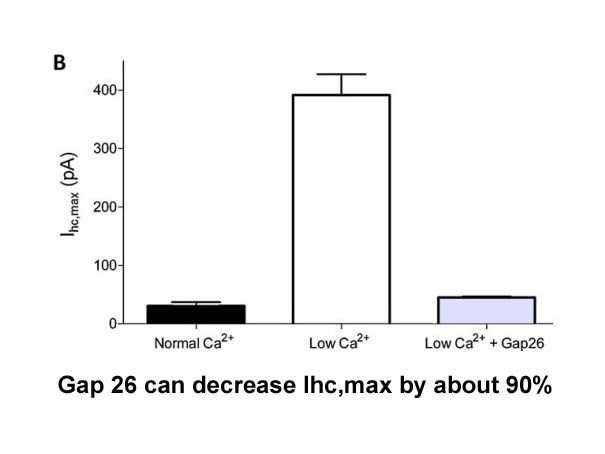
AHR mediates TCDD toxicity and wasting syndrome TCDD causes numerous toxicities in laboratory animals, including teratogenesis, hepatic steatosis, thymic atrophy, immune dysfunction and a lethal wasting syndrome [17]. The dose-dependent sensitivity to TCDD-induced toxicities varies widely among l
-
Moreover our results indicate that ADP
2023-05-17

Moreover, our results indicate that ADP is by far a better phosphate donor than AMP (Table 2). Yet, the bindings of AMP and ATP are mutually exclusive, whereas the bindings of ADP and ATP are additive (Fig. 7). The multiplicity of the phosphate donors in the TgAK reaction (Tables 1 & 2), suggests th
-
All consecutive patients who were confirmatively
2023-05-17
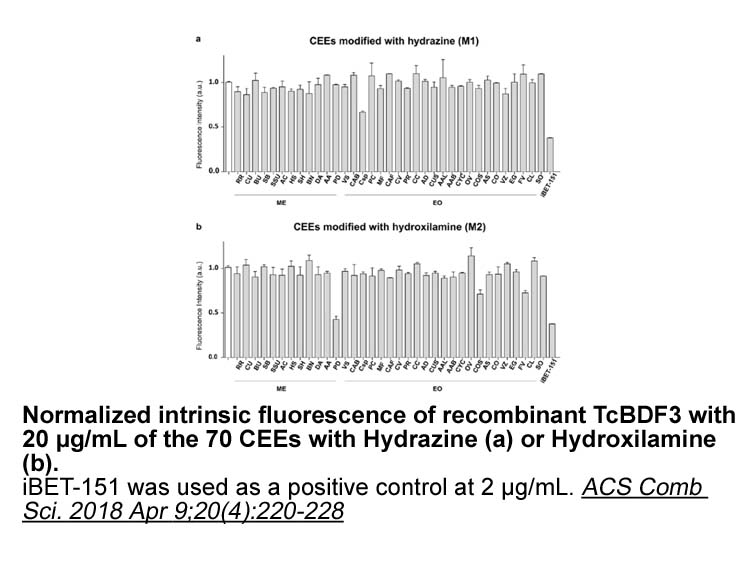
All consecutive patients who were confirmatively diagnosed with MP-PPE and TPE, respectively, between January 2008 and December 2016 at Kyungpook National University Hospital, a tertiary referral hospital in South Korea, an area with an intermediate prevalence of active tuberculosis, were enrolled.
-
We also investigated the transmittance of
2023-05-17
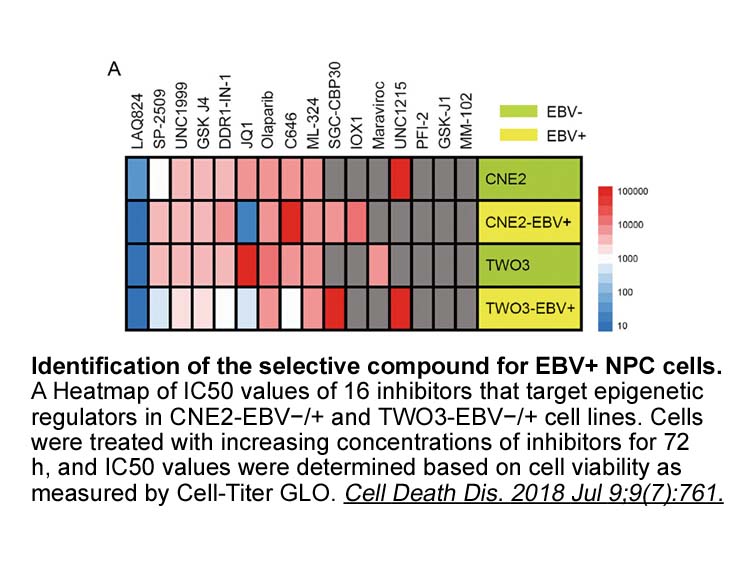
We also investigated the transmittance of actin polymerized with and without ABP. The presence of actin in the solution results in an increment in turbidity as other proteins provided Ivabradine HCl features [21], [32]. While G-actin showed a transmittance peak positioned at 241 nm, F-actin exhibit
-
are the squared cross validation
2023-05-17
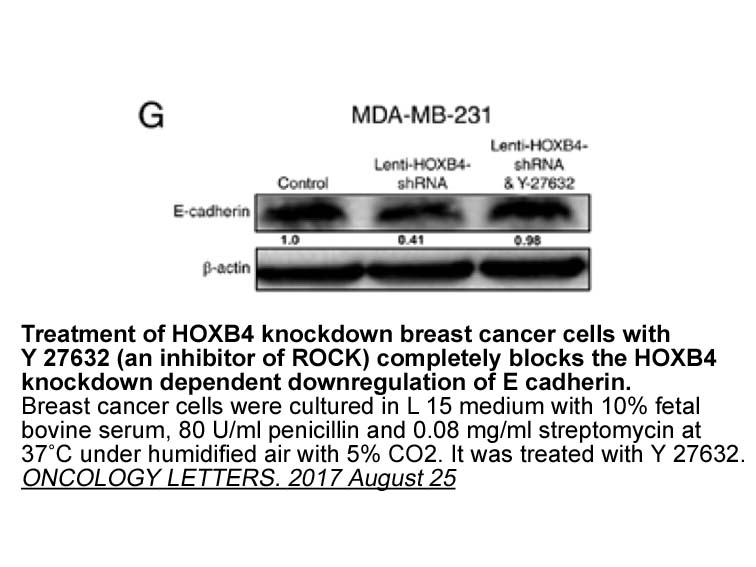
are the squared cross-validation coefficients for leave-one-out, bootstrapping and leave group out respectively. R2 is the squared correlation coefficient, is the adjusted R2 and F is Fisher F-statistic. All values in parentheses are standard deviations. The prediction results which w
-
Later the same group designed
2023-05-17

Later, the same group designed and prepared several Δ16-steroidal C17 benzoazoles and pyrazines and evaluated their CYP17 and 5α-reductase inhibitory activities, binding to and transactivation of the AR, as well as their antiproliferative effects against two human PC cell lines (LNCaP and LAPC4) [18
-
It was previously demonstrated that dissociation of the V
2023-05-17

It was previously demonstrated that dissociation of the V-ATPase in response to glucose depletion in yeast requires an intact microtubular network [28] and a catalytically active enzyme [29]. Interestingly, mutations in the non-homologous region of the catalytic subunit A are able to block dissociat
-
br Resection of DNA ends The
2023-05-17
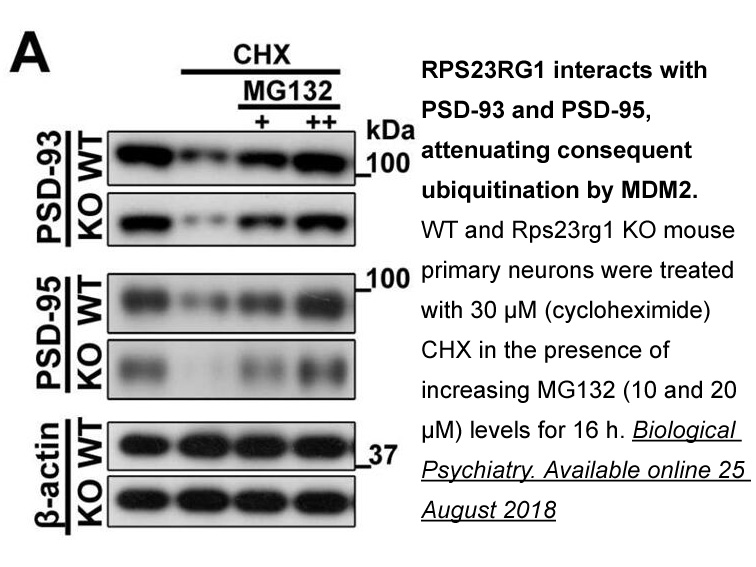
Resection of DNA ends The highly conserved MRN/MRX complex (Mre11-Rad50-Nbs1 in metazoan; Mre11-Rad50-Xrs2 in yeast) and the Ku70/Ku80 heterodimer (hereafter referred to as Ku) are the first protein complexes to be recruited at DSBs [6]. The presence of Ku and MRN/MRX mediates the recruitment of
-
br Conclusion br Acknowledgements br Introduction Synapses a
2023-05-17
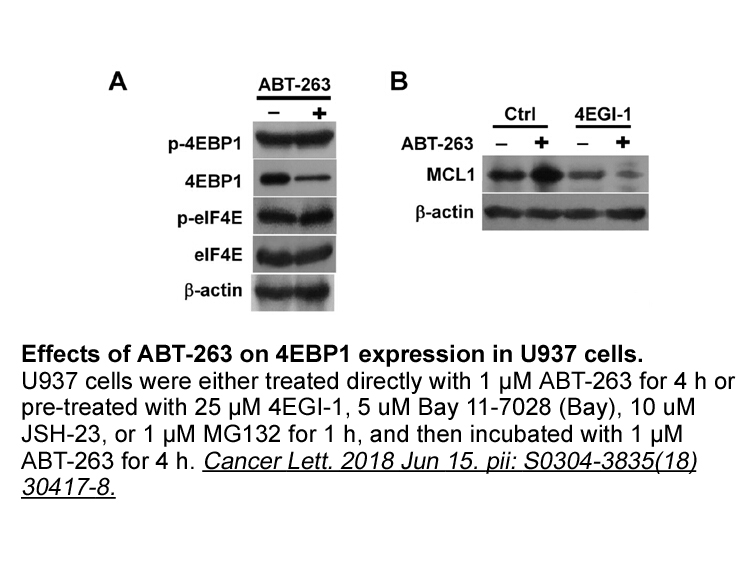
Conclusion Acknowledgements Introduction Synapses are the fundamental elements of neuronal networks that enable the processing, encoding, and retrieval of information in the brain, and pathological disruptions in synapse structure are broadly held to underlie the development of neurological
-
br Materials and methods br Results RT PCR showed
2023-05-17
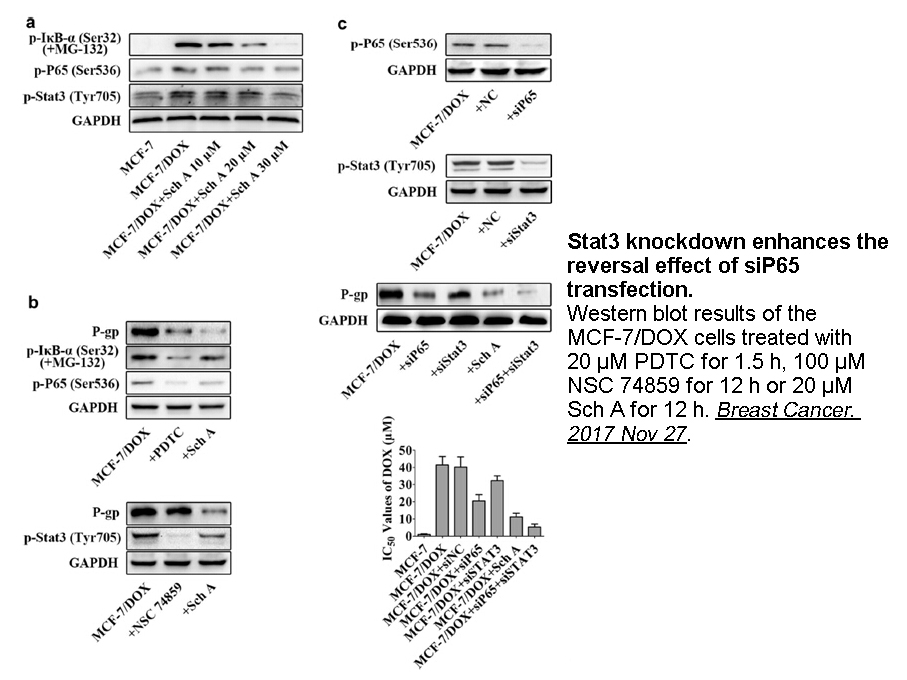
Materials and methods Results RT-PCR showed that both arginase 1 and 2 were expressed in the OB of Korean roe deer (Fig. 1). Immunoblotting detected arginase 1 in the OB of roe deer (Fig. 2A, left lane) at a molecular weight of approximately 37kDa, which is the size of the enzyme in the rat O
-
br Material and methods br
2023-05-17

Material and methods Results Discussion Didox was originally created asa cytostatic drug to inhibit cancer cell proliferation by antagonizing RNR [11]. When used to target highly proliferative cells, Didox has extensive activity in vitro and in vivo. It has also been employed in clinical st
-
The subnuclear localizations of redox regulators is
2023-05-17

The subnuclear localizations of redox regulators is also largely unknown. The potential role of thiol reductases as transcription regulators or DNA repair molecules may suggest an association to DNA. In this way, the presence of a zinc finger domain potentially involved in protein/DNA interactions o
14563 records 298/971 page Previous Next First page 上5页 296297298299300 下5页 Last page